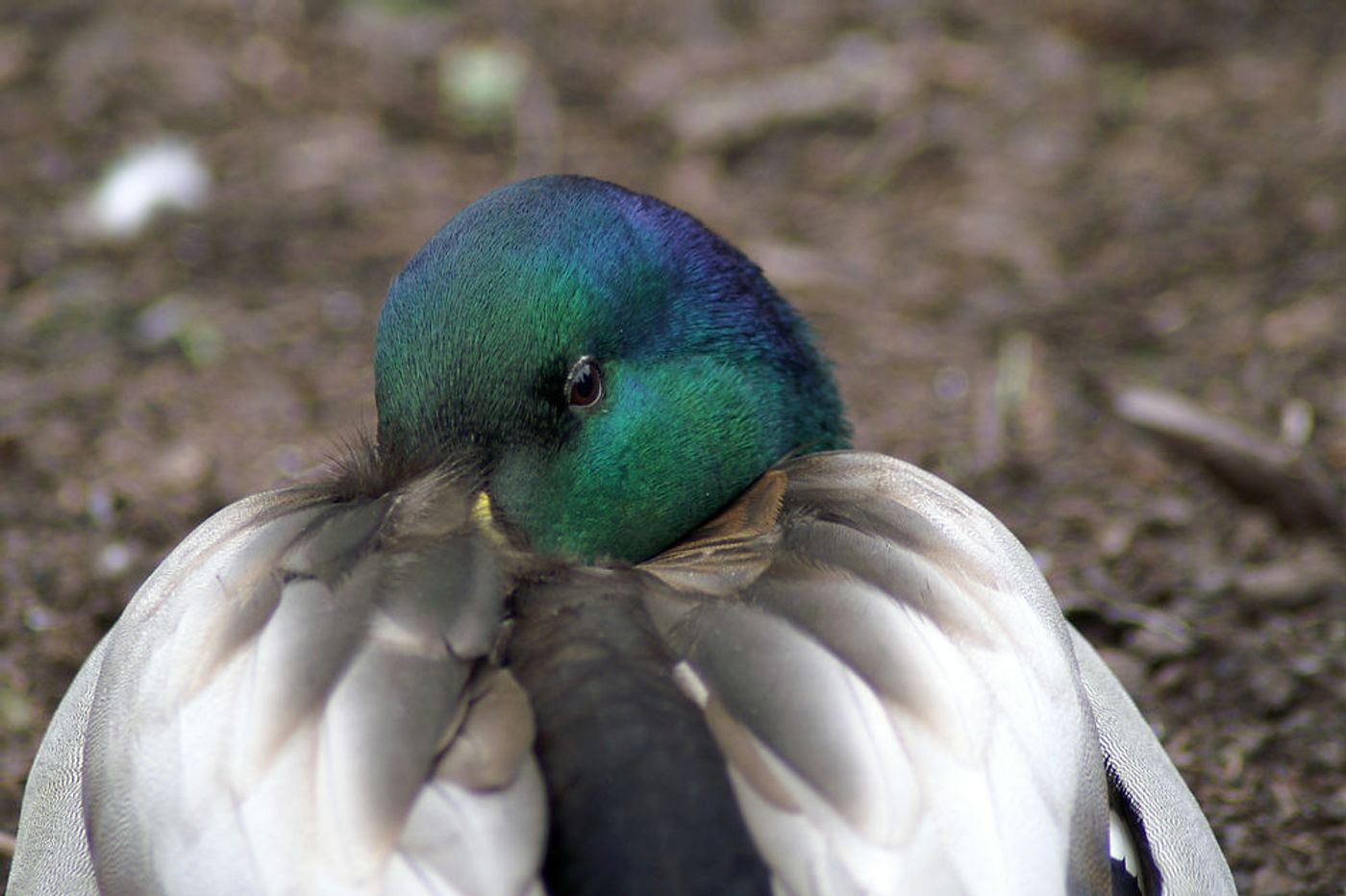Birds With Larger Bills Struggle More to Keep it Warm
When the colder months approach, some species of birds tend to tuck their bills inside of their feathers in an attempt to keep them warm. On the other hand, such activity has never really been observed in more detail, and thanks to some researchers who finally have, we now know something new about birds in general.
According to a new research study by Deakin University, which appears in the journal Functional Ecology, birds with larger bills may struggle more to keep their bills warm, and as a result, they spend more of their time trying to warm their bills than birds with smaller bills do.
Image Credit: Diana K/Flickr
The study, which took place over the course of approximately six colder months in Australia, involved capturing several hours of video surveillance at a grand total of nine types of different shorebirds, all of which had varying bill sizes.
The red-necked avocet averaged the largest bill size of the nine birds at around 3.6 inches, while the masked lapwing averaged the smallest at around 1.3 inches. The other seven species fell in between these sizes.
Rather than seeing similar behavior between the birds with larger bills and the birds with smaller bills, the researchers interestingly noticed that those with larger bills spent significantly more time covering their bills up in their feathers, suggesting that they were struggling more to keep their noses warm.
Ecologist, and co-author of the study, Dr Matthew Symonds notes that "While people have long assumed that birds exhibited this behavior to protect themselves against the cold, no one had actually rigorously studied it. We found that they were indeed using backrest to try to keep warm, because they do it more when it gets colder."
"But the surprising thing we discovered was that the birds with bigger bills used this behavior more, and over noticeably longer periods. In fact, they continued to use the behavior more even as the weather warmed," he continued.
The research would suggest that the colder months, ranging from 10-40º, are somewhat of an inconvenience for birds with larger bills. While these larger tools help them to capture prey more efficiently when they’re hungry during the warmer months, it leaves them particularly vulnerable during the colder months because they’re spending more time warming themselves up than they are feeding or staying alert to avoid predators.
According to Dr Symonds, birds in colder climates have evolved for the specific purpose of having smaller bills to help combat this effect, as the bill is a major source of body heat depletion.
After all, birds with incredibly large bills, like the toucan, are typically found only in the wild in tropical areas of the Earth, such as Central America, South America, and parts of Mexico, which are all known for their warmth.
So, while birds with larger bills may be more efficient feeders during the warmer months, they’re not exactly happy campers when it comes to Fall or Winter. In fact, if you’ve ever seen a bird tucking their bill into their wing feathers, they’re actually trying to keep warm.
Source: Science Daily









